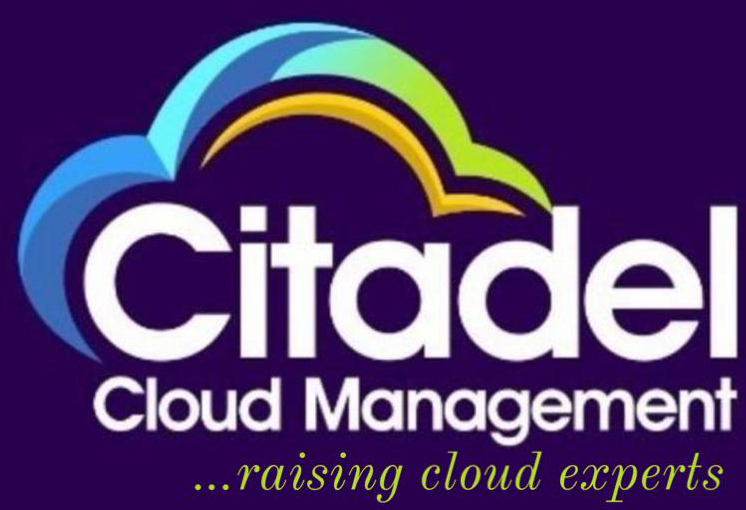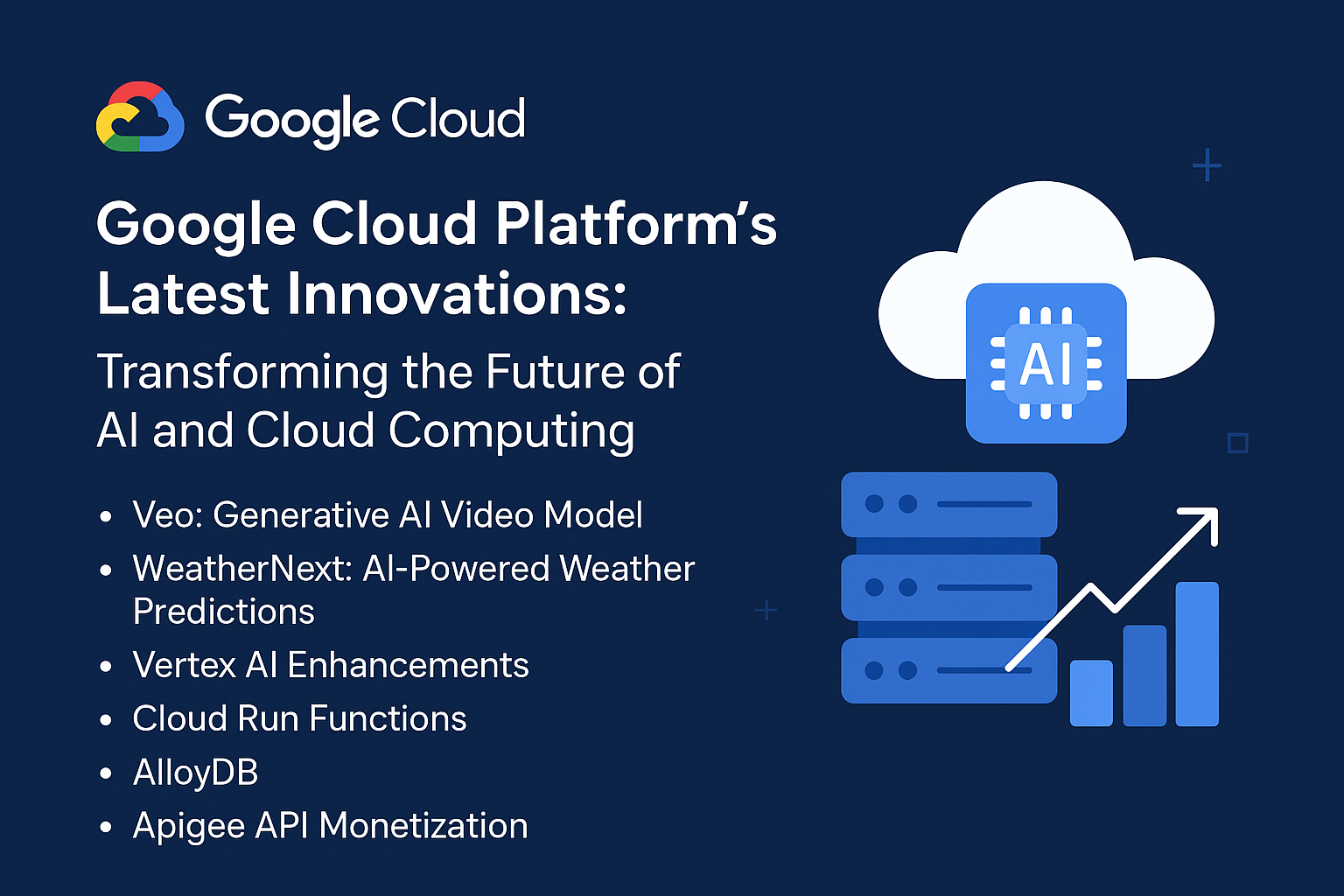Table of Contents
- Introduction to Smart Cities
- Role of IoT in Smart Cities
- 2.1. IoT in Urban Infrastructure
- 2.2. IoT in Transportation Systems
- 2.3. IoT in Energy and Utilities
- Big Data in Smart Cities
- 3.1. Big Data Collection and Analysis
- 3.2. Real-time Analytics for Smart Decision-Making
- Integration of IoT and Big Data
- 4.1. Smart City Platforms and Data Integration
- 4.2. Benefits of IoT and Big Data Integration
- Applications of IoT and Big Data in Smart Cities
- 5.1. Smart Healthcare
- 5.2. Smart Waste Management
- 5.3. Smart Governance
- Challenges and Concerns
- 6.1. Data Privacy and Security
- 6.2. Scalability and Interoperability
- 6.3. Sustainability and Environmental Impact
- The Future of IoT and Big Data in Smart Cities
- Conclusion
1. Introduction to Smart Cities
A Smart City refers to a municipality that uses advanced technologies and data analytics to improve the quality of life for its citizens. It integrates various technologies like IoT (Internet of Things), Big Data, artificial intelligence, and more to enhance efficiency, reduce environmental impact, and streamline urban operations.
Resource Links:
2. Role of IoT in Smart Cities
2.1. IoT in Urban Infrastructure
IoT devices, such as sensors and actuators, are integrated into city infrastructure, including roads, bridges, and buildings. These devices gather real-time data for better monitoring and management of the infrastructure.
Resource Links:
2.2. IoT in Transportation Systems
IoT enhances transportation systems by using sensors and smart traffic management systems that optimize traffic flow, monitor vehicle performance, and provide real-time updates to commuters.
Resource Links:
2.3. IoT in Energy and Utilities
IoT applications are widely used in managing energy consumption and water supply systems. Smart grids, for instance, use IoT devices to monitor energy usage and enhance efficiency.
Resource Links:
3. Big Data in Smart Cities
3.1. Big Data Collection and Analysis
Big Data technologies enable the collection of vast amounts of data from IoT devices, social media, sensors, and other urban data sources. This data is processed and analyzed to derive insights that inform decision-making.
Resource Links:
3.2. Real-time Analytics for Smart Decision-Making
By analyzing big data in real-time, smart cities can respond swiftly to challenges such as traffic congestion, pollution, or emergency situations, making the city more efficient and safer.
Resource Links:
4. Integration of IoT and Big Data
4.1. Smart City Platforms and Data Integration
Smart cities use integrated platforms that combine data from various IoT devices with Big Data analytics to enable seamless functioning of urban systems like transport, energy, and public safety.
Resource Links:
4.2. Benefits of IoT and Big Data Integration
When combined, IoT and Big Data offer profound benefits, such as optimized resource allocation, predictive maintenance of infrastructure, improved public safety, and energy efficiency.
Resource Links:
5. Applications of IoT and Big Data in Smart Cities
5.1. Smart Healthcare
IoT sensors and Big Data analytics are being used in healthcare systems for monitoring patient health, predicting outbreaks, and ensuring efficient medical resource allocation.
Resource Links:
5.2. Smart Waste Management
IoT sensors in waste bins can notify municipal authorities when bins are full, allowing for optimized trash collection routes, reducing fuel consumption and improving city cleanliness.
Resource Links:
5.3. Smart Governance
Big Data and IoT enable better governance through data-driven decision-making, improving public services, transparency, and citizen engagement.
Resource Links:
6. Challenges and Concerns
6.1. Data Privacy and Security
The increased data collection raises concerns about data privacy and security. Sensitive data must be protected from cyberattacks and misuse.
Resource Links:
6.2. Scalability and Interoperability
As cities grow, ensuring that IoT systems and Big Data platforms can scale and work seamlessly across different departments and technologies remains a challenge.
Resource Links:
6.3. Sustainability and Environmental Impact
The sustainability of smart city solutions must be carefully considered, ensuring that the use of technology reduces the environmental footprint rather than adding to it.
Resource Links:
7. The Future of IoT and Big Data in Smart Cities
As technology continues to evolve, future smart cities will integrate more sophisticated IoT devices and advanced Big Data analytics, enabling autonomous systems and further optimizing urban life.
Resource Links:
8. Conclusion
The combination of IoT and Big Data is revolutionizing how cities function, offering smarter, more efficient urban environments. However, addressing the challenges related to security, scalability, and sustainability will be key to realizing their full potential.
Resource Links:
This table of contents provides a comprehensive breakdown of how IoT and Big Data are transforming smart cities, along with links for further reading on each topic.

